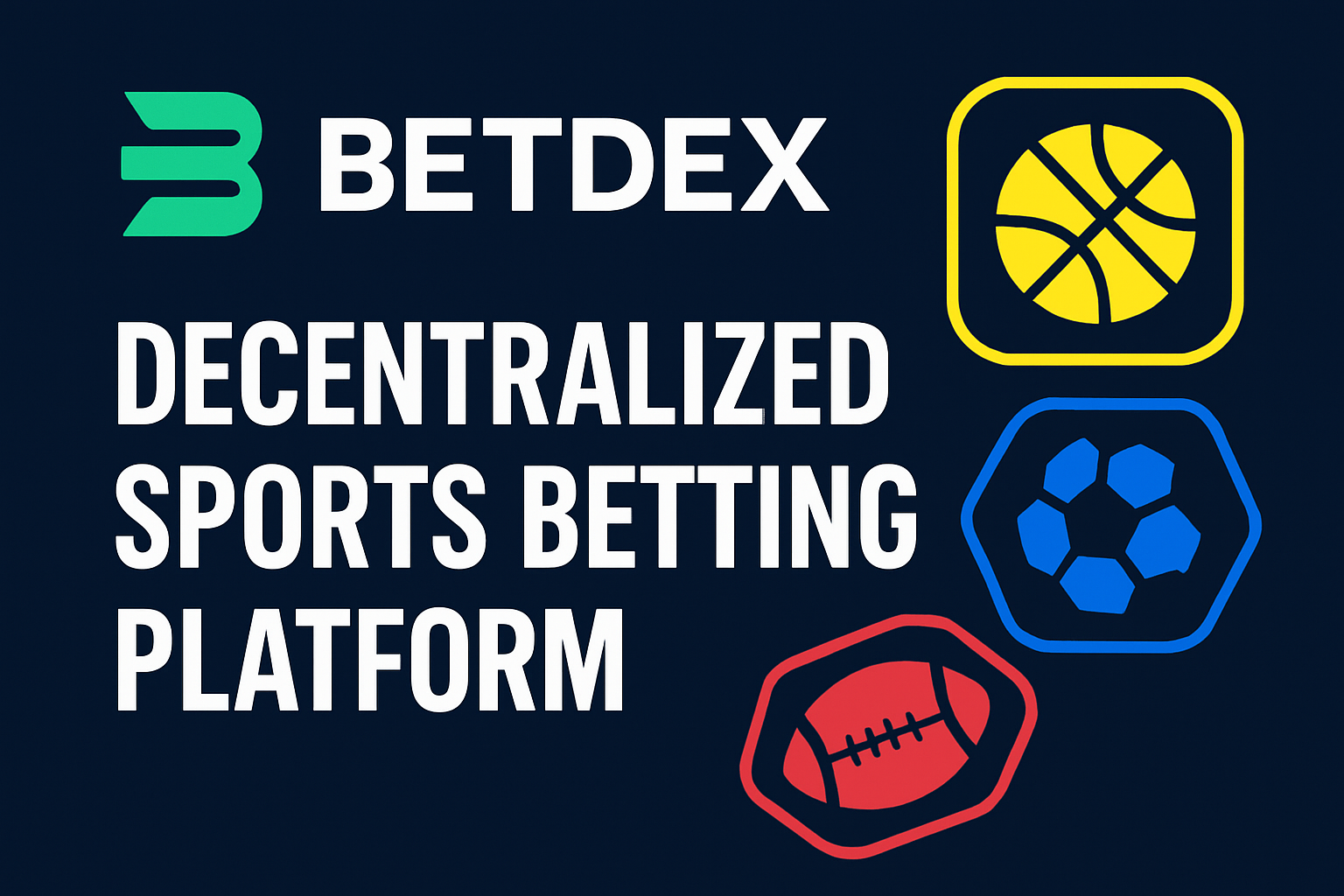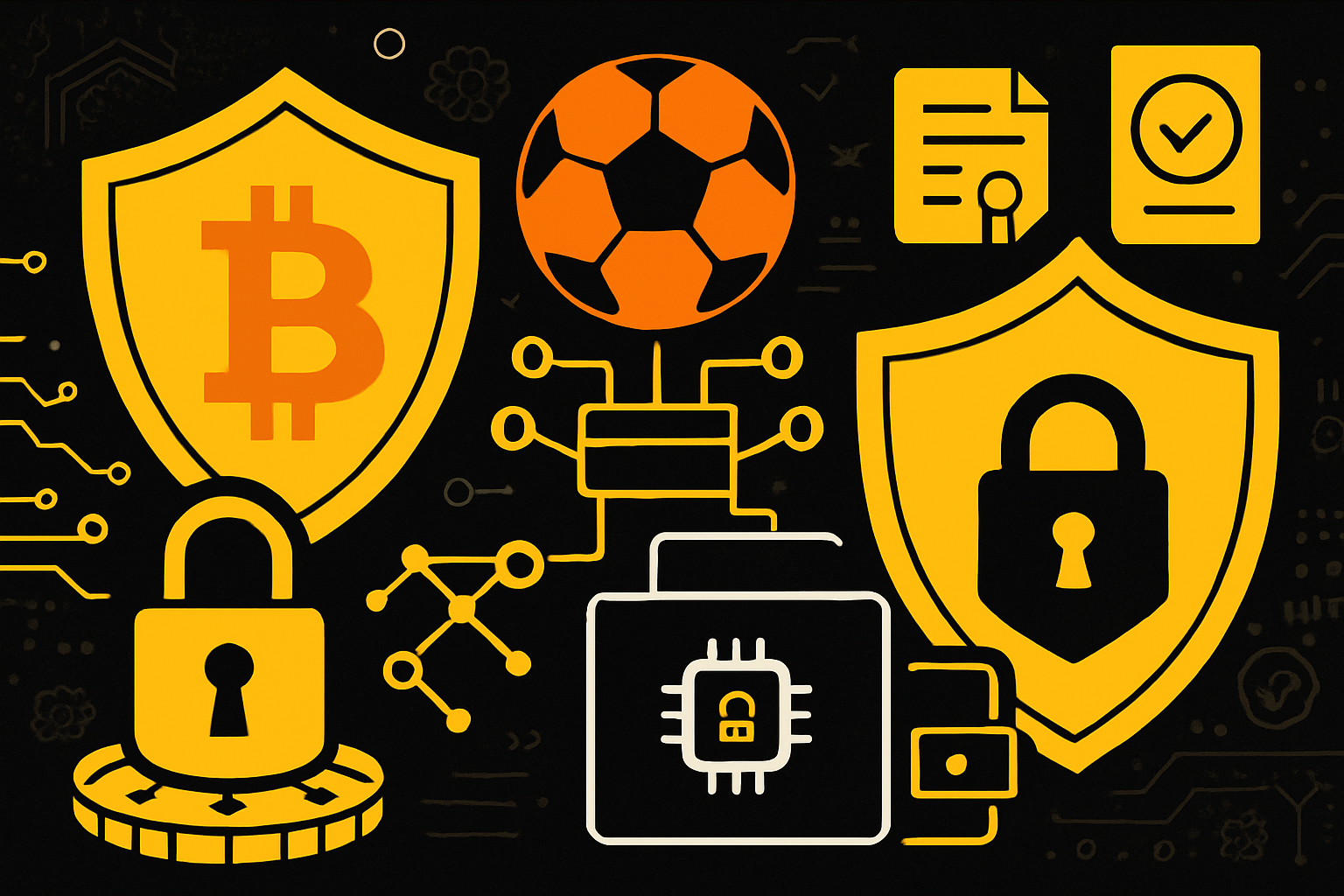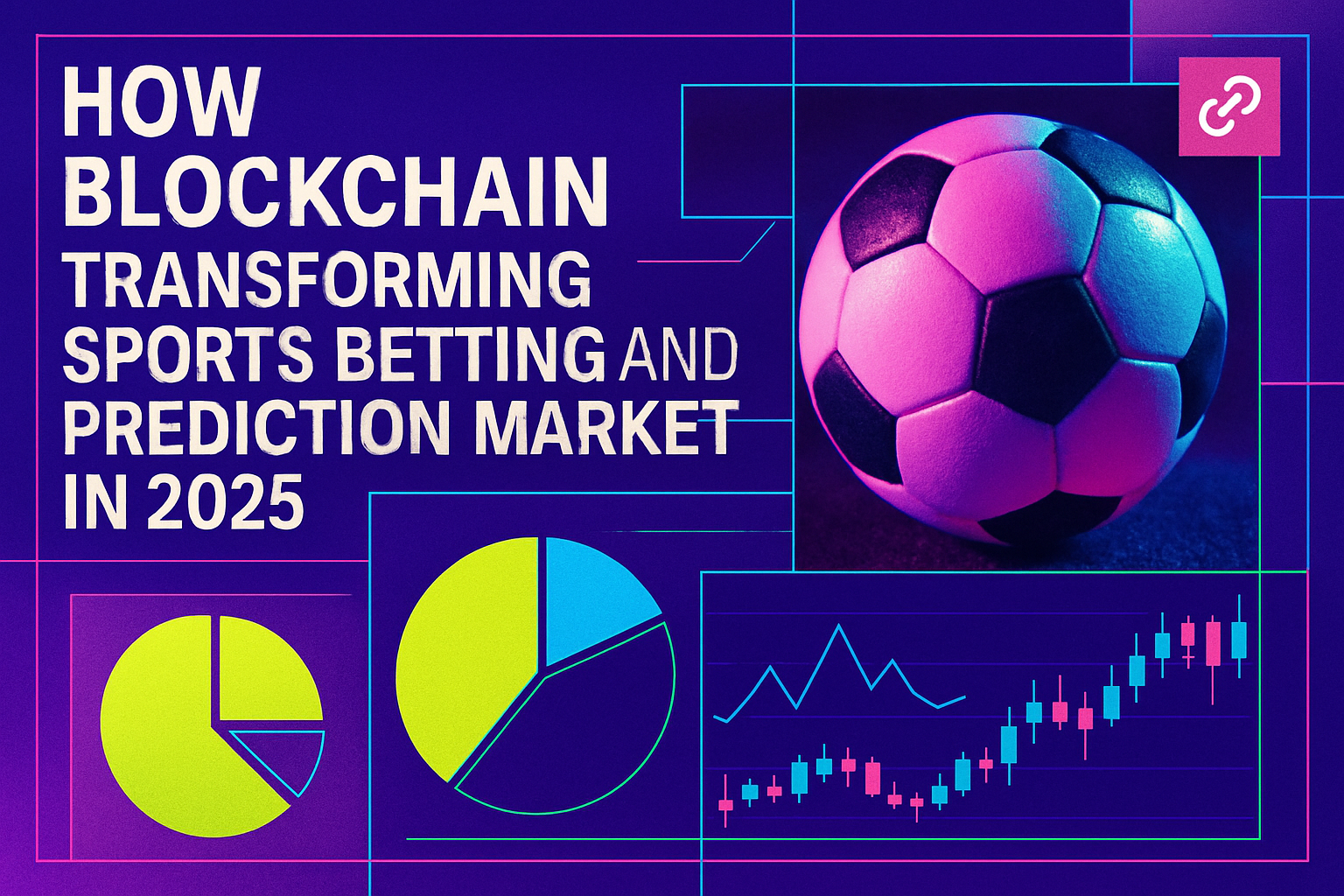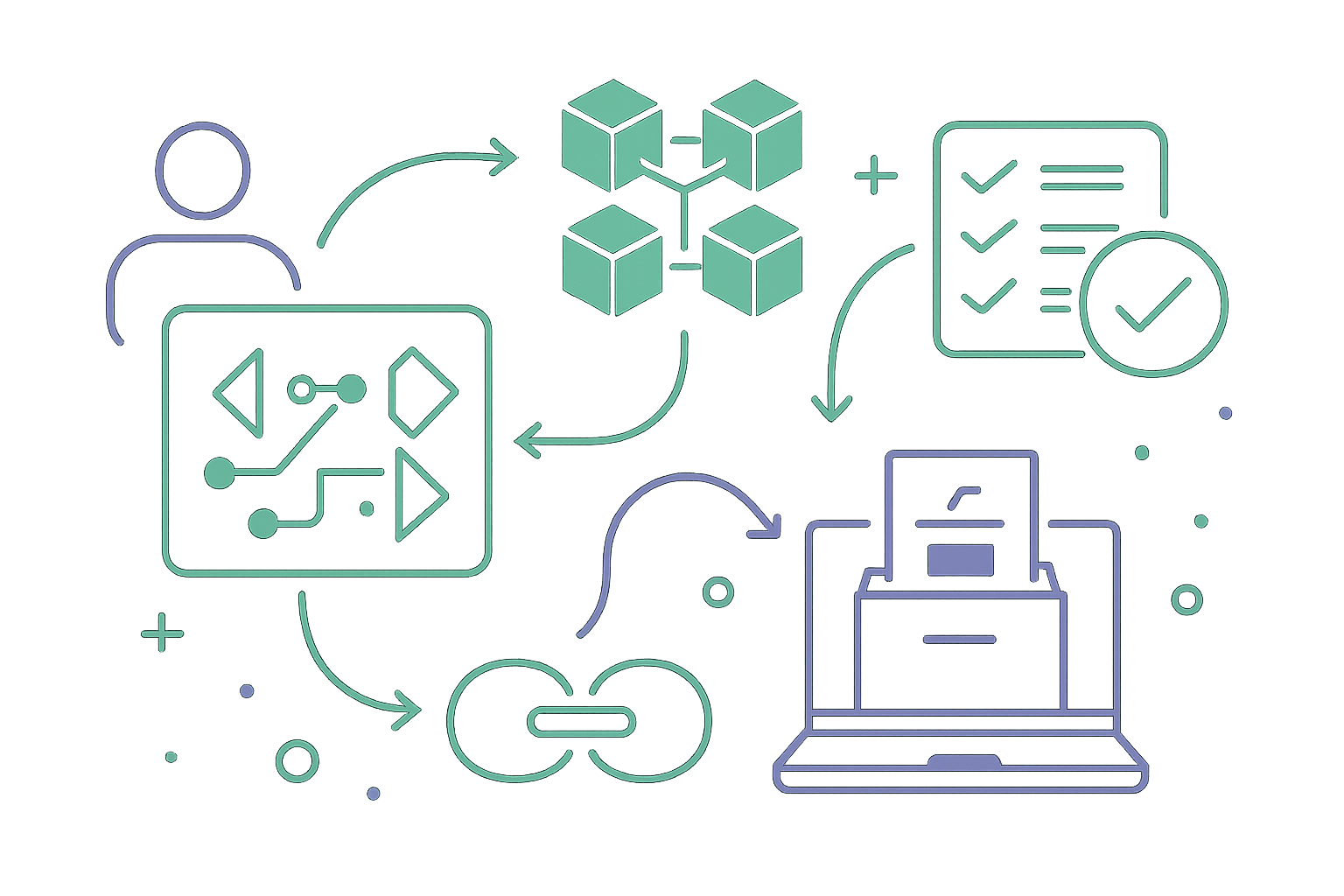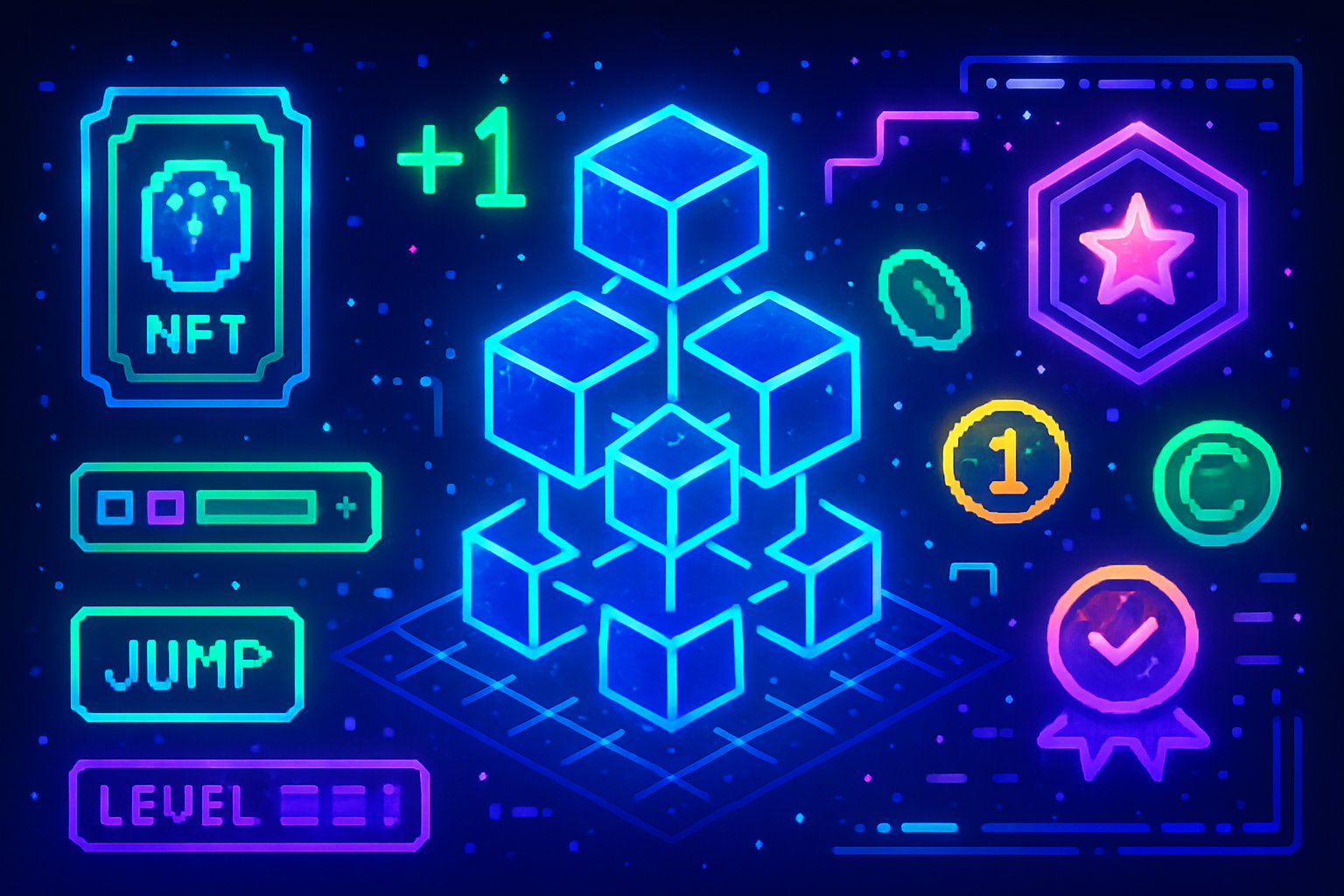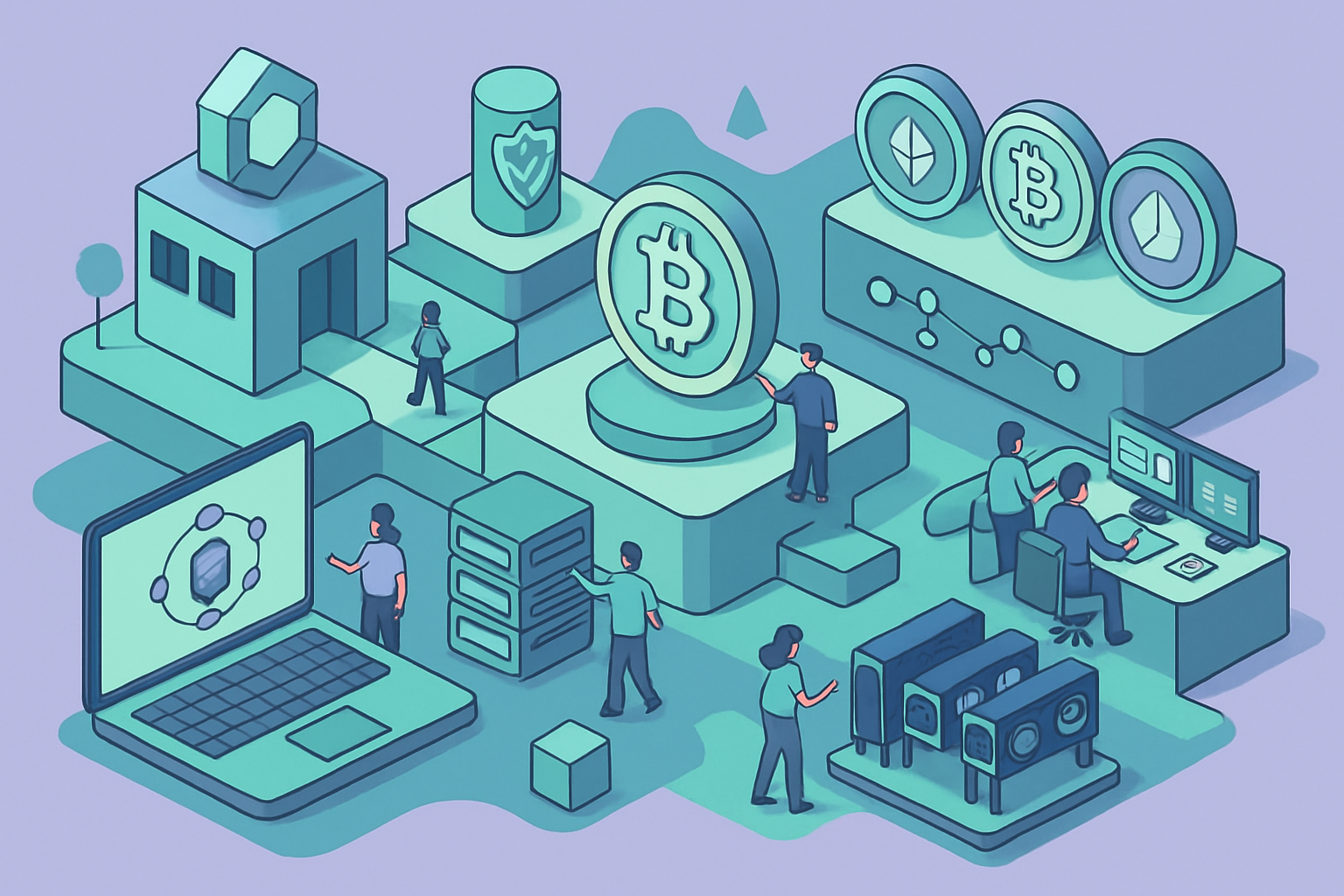Sports Parlay Markets: High-Frequency Prediction Trading Explained

Sports parlay prediction markets are rapidly transforming the landscape of high-frequency sports betting, merging the complexity and potential payouts of traditional parlays with the speed and transparency of blockchain technology. The latest wave of innovation, led by platforms like Underdog in partnership with Crypto. com, is making real-time, decentralized sports event trading accessible across 16 U. S. states. This expansion is not just a regulatory milestone; it signals a fundamental shift in how fans and traders interact with live sports outcomes.

How Sports Parlay Prediction Markets Work
At their core, sports parlay prediction markets allow users to bundle multiple event outcomes into a single contract. If all predictions within the parlay are correct, the payout multiplies significantly compared to single-event bets. Platforms like Kalshi have embraced this model for football, while Polymarket is actively crowdsourcing new parlay market ideas from its user base. These developments are attracting both seasoned bettors and data-driven traders seeking more sophisticated strategies.
“The integration of parlay-style contracts into prediction markets is a game-changer for risk management and reward optimization. “
The Rise of High-Frequency Sports Betting
The intersection of high-frequency trading (HFT) principles with crypto sports parlays is still in its infancy but holds massive potential. Unlike traditional sportsbooks where odds are static until updated by bookmakers, blockchain sports markets enable real-time price discovery through continuous trading. This creates opportunities for rapid-fire strategies akin to those used in financial markets, albeit adapted for the unique volatility and data cadence of live sports.
Key Advantages of Blockchain-Based Sports Parlay Markets
-

Transparency and Trust: All transactions and parlay bets are recorded on public blockchains, enabling users to verify outcomes and payouts independently. Platforms like Polymarket and BetDEX exemplify this open, auditable approach.
-
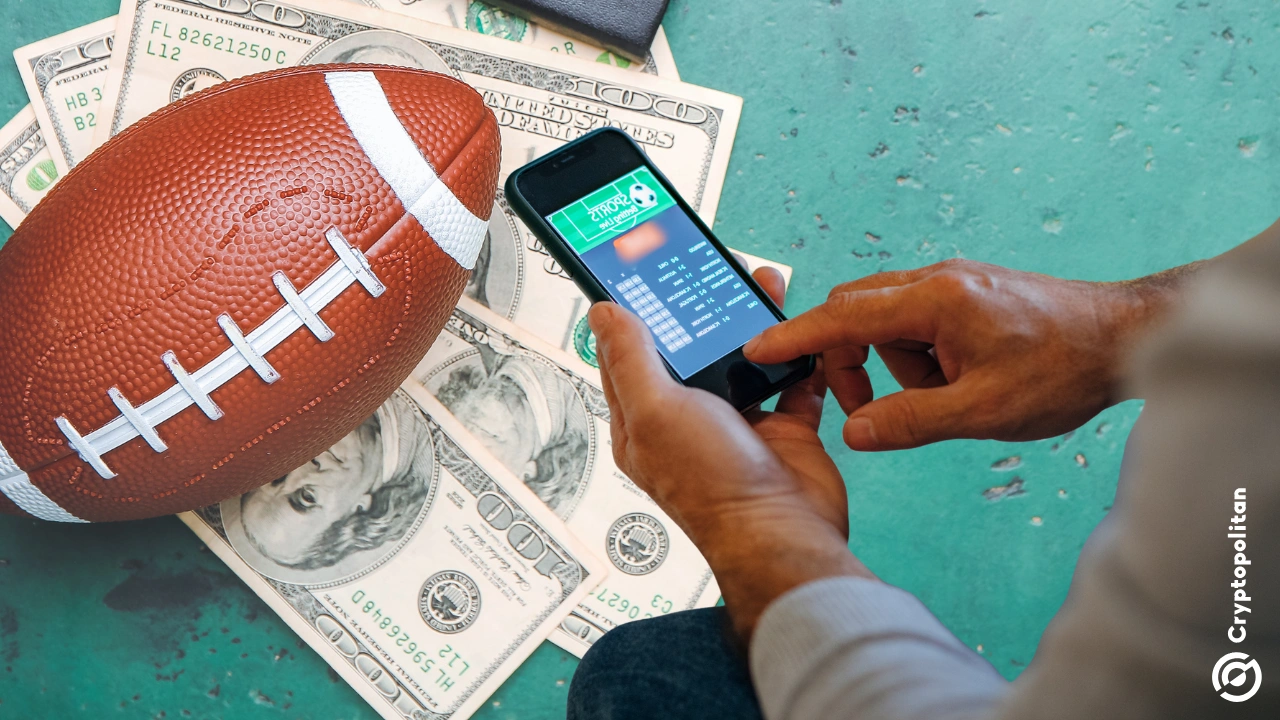
Global Accessibility: Blockchain-based markets such as Crypto.com and Underdog allow users from multiple jurisdictions to participate in sports parlay trading, bypassing many traditional geographic restrictions.
-
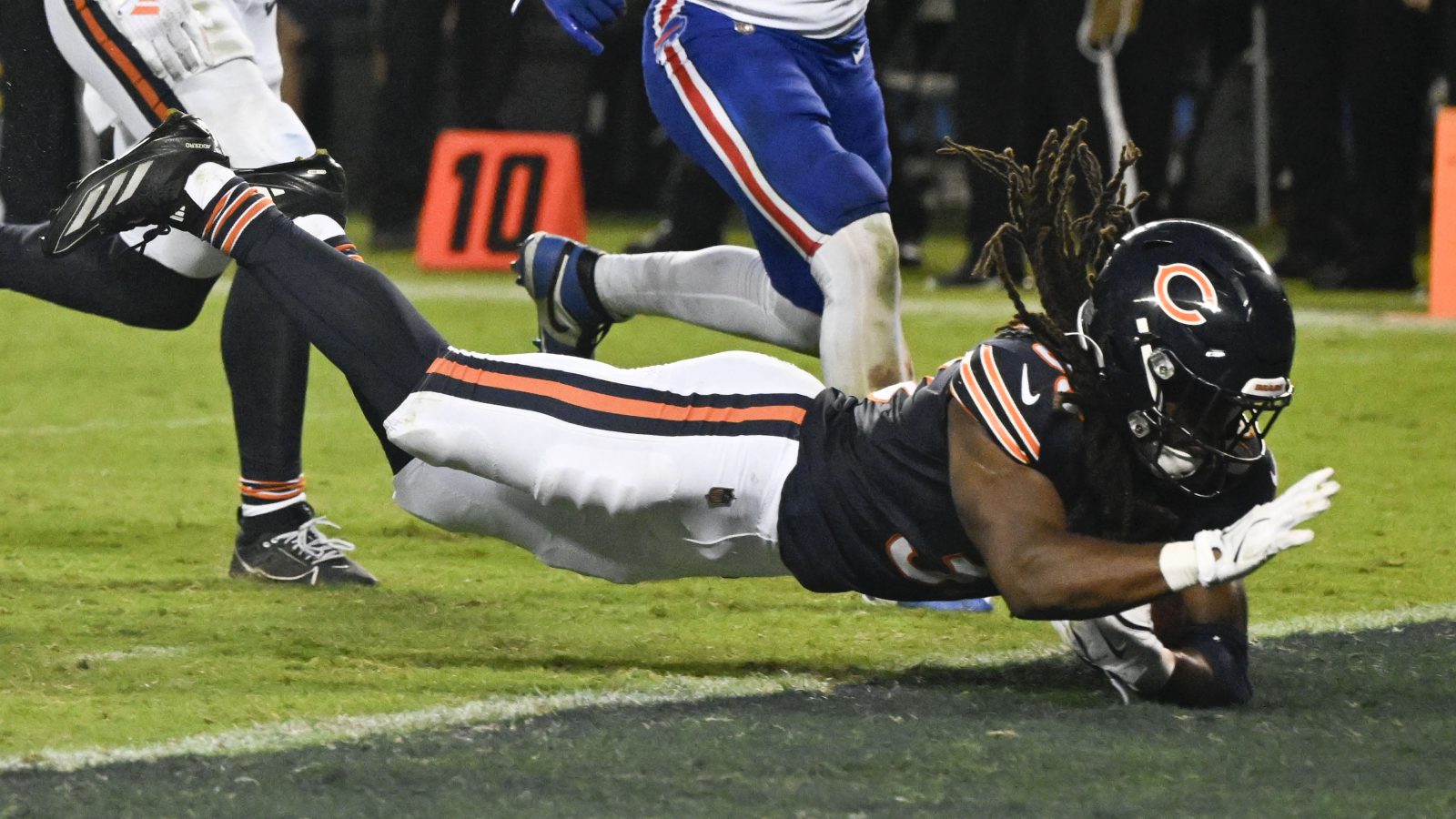
Innovative Parlay Structures: Platforms such as Kalshi and Polymarket are pioneering parlay-style contracts, enabling users to trade on multiple sporting outcomes simultaneously—mirroring and enhancing traditional sportsbook parlays.
-

Enhanced Security and Custody: With self-custody options and smart contract-enforced rules, users retain greater control over their funds and bets, reducing counterparty risk compared to centralized sportsbooks.
-

Real-Time Event Trading: The partnership between Crypto.com and Underdog enables real-time trading of sports outcomes, bringing a high-frequency, dynamic experience to users in 16 U.S. states.
-
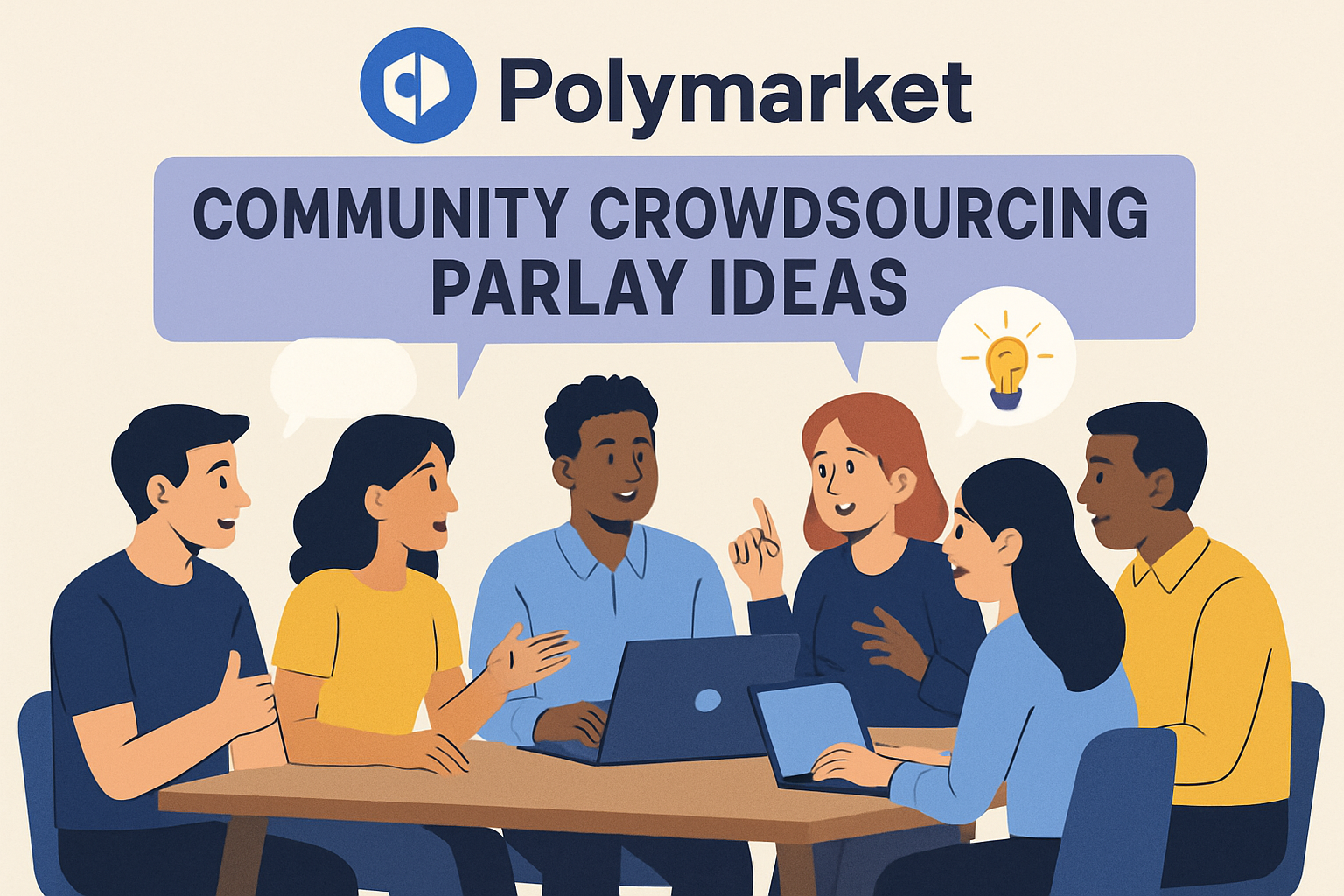
Community-Driven Market Creation: Platforms like Polymarket actively crowdsource ideas for new parlay markets, ensuring offerings are relevant and tailored to user demand.
However, there are notable hurdles to widespread HFT adoption in these markets. Regulatory uncertainty remains a significant barrier, especially as authorities grapple with distinguishing between gambling and speculative trading activities. Additionally, the nature of sports data, often less granular or delayed compared to financial market feeds, limits the effectiveness of ultra-high-speed algorithms for now.
Platforms Leading the Innovation Wave
The competitive landscape is heating up as major players race to capture market share in this emerging sector:
- Underdog and Crypto. com: Their joint venture marks one of the first large-scale integrations of crypto-powered prediction exchanges within mainstream sports apps (source).
- Polymarket: As the world’s largest prediction market, Polymarket continues to innovate with user-driven parlay offerings (source).
- Duel Duck and BetDEX: These blockchain-native platforms leverage Solana’s fast settlement times to enable low-latency event trading.
This surge in competition benefits end users by offering lower fees, faster settlements, and more diverse betting options than ever before.



